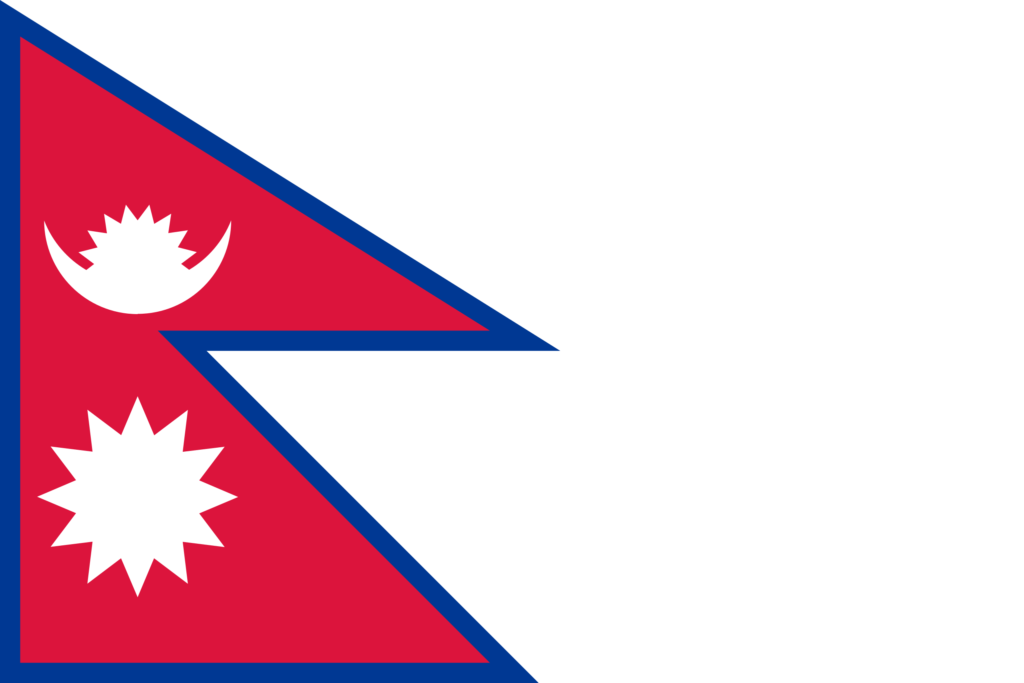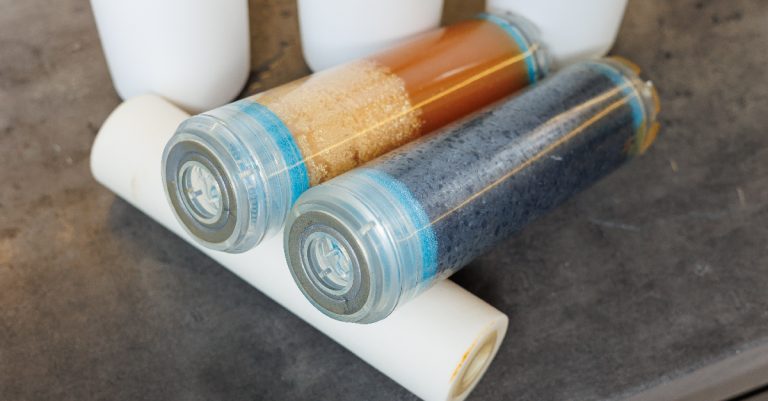In Nepal, access to clean and safe water is crucial for households, industries, and agricultural activities. However, with increasing pollution and contaminants in water sources, relying solely on untreated water is no longer viable. Filtration systems have become an essential part of water treatment, offering solutions to remove impurities and ensure water quality. Choosing among the various types of filtration can be overwhelming, given the diverse methods and technologies available.
This blog explores the types of water filtration methods, their applications, and how to select the right one for your needs in Nepal.
What Are the Different Types of Filtration?
Filtration is a process that removes impurities from water, including sediment, bacteria, chemicals, and dissolved solids. Here are the most common types of filtration in water treatment:
- Mechanical Filtration
- How It Works: Mechanical filtration removes physical particles such as dirt, sand, and debris through a barrier or screen. Filters with varying pore sizes are used to target specific particle sizes.
- Best For: Households or industries dealing with visible particles or turbid water.
- Advantages: Simple, cost-effective, and easy to maintain.
- Activated Carbon Filtration
- How It Works: Activated carbon filters trap organic compounds, chlorine, and certain chemicals through adsorption, improving taste and odor.
- Best For: Removing chlorine, and volatile organic compounds (VOCs), and improving water aesthetics.
- Advantages: Highly effective in improving water flavor and odor.
- Reverse Osmosis (RO) Filtration
- How It Works: RO filtration forces water through a semi-permeable membrane to remove dissolved salts, heavy metals, and other contaminants.
- Best For: Households or industries requiring high-purity water, such as for drinking or manufacturing processes.
- Advantages: Removes up to 99% of contaminants, including microscopic impurities.
- Ultraviolet (UV) Filtration
- How It Works: UV filtration uses ultraviolet light to kill bacteria, viruses, and other microorganisms in water.
- Best For: Areas where microbial contamination is a significant concern.
- Advantages: Chemical-free and highly effective against pathogens.
- Ultrafiltration (UF)
- How It Works: UF filtration uses a membrane with tiny pores to remove bacteria, viruses, and larger particles while allowing dissolved salts to pass through.
- Best For: Households or industries that require pathogen-free water without removing essential minerals.
- Advantages: Cost-effective and energy-efficient.
- Ion Exchange
- How It Works: This method exchanges ions in water, typically removing hardness (calcium and magnesium) and certain heavy metals.
- Best For: Water softening and industrial applications requiring specific ion control.
- Advantages: Reduces scaling and improves appliance longevity.
- Distillation
- How It Works: Distillation involves boiling water and condensing the steam to remove impurities like salts and heavy metals.
- Best For: Applications requiring ultra-pure water.
- Advantages: Effective against a wide range of contaminants.
How to Choose Among Different Types of Filtration in Nepal?
With so many types of water filtration available, selecting the right system depends on several factors:
- Understand Your Water Quality
- Conduct a water quality test to identify the contaminants present, such as sediment, bacteria, chemicals, or dissolved solids.
- For example, areas in Nepal with high levels of sediment may benefit from mechanical filtration, while regions with microbial contamination may require UV filtration.
- Determine Your Needs
- For Drinking Water: A combination of RO and activated carbon filters can ensure high-quality drinking water.
- For Industrial Use: Industries requiring large volumes of water should consider advanced systems like RO or UF for effective purification.
- For Agriculture: Mechanical filtration may suffice to remove visible impurities for irrigation purposes.
- Evaluate Cost and Maintenance
- Consider the initial investment, operational costs, and maintenance requirements of the filtration system.
- For example, UV filters are cost-effective but require regular bulb replacement, while RO systems have higher operational costs due to energy consumption.
- Consider Environmental Impact
- Opt for energy-efficient systems and those with minimal waste generation. For instance, UF systems are more eco-friendly compared to RO systems, which generate wastewater.
- Check System Compatibility
- Ensure that the filtration system is compatible with your existing infrastructure. For instance, RO systems may require additional plumbing, while activated carbon filters can often be installed directly on taps.
Applications of Filtration Types in Water Treatment
In Nepal, the diverse applications of filtration include:
- Domestic Use
- Households benefit from filtration systems that ensure safe drinking water, such as RO, UV, or activated carbon filters.
- Industrial Use
- Factories rely on advanced types of filtration like RO and UF for processes requiring high-purity water, such as in beverage production or pharmaceuticals.
- Agriculture
- Mechanical filtration helps remove sediment and debris from water used for irrigation, protecting crops and soil health.
- Community Water Projects
- Rural areas in Nepal often require affordable yet effective systems like UF or mechanical filters to provide safe water for large communities.
Ion Exchange: Leading Innovations in Filtration Technology
Ion Exchange Filters are categorized into pressure filters and gravity filters based on the method of water flow, either under pressure or by gravity, through the filter media. These filters utilize various materials, such as fine or coarse sand, anthracite, garnet, and granular activated carbon, as the filtering media.
- INDION Continuous Sand Filters features a unique continuous operation and automatic backwashing system. This makes them an excellent choice for water and wastewater treatment across a wide range of industries. The filters offer a compact and modular design, allowing for easy installation and maintenance, which enhances their suitability for various industrial applications. Their versatile applications include potable water treatment, industrial process water treatment, and tertiary wastewater treatment, offering flexibility across different sectors. These filters are commonly used in municipal water treatment to enhance water quality, in industrial settings to improve process water quality, and in wastewater treatment to facilitate tertiary treatment and nutrient removal.
- INDION Multigrade Filters Pressure offers an efficient solution with its high flow rates and consistent water quality. These filters are engineered to deliver superior filtration performance with a low-pressure drop, minimizing energy consumption and operational costs. Built with durable materials, they are designed to withstand challenging operating conditions, ensuring a long service life. They are versatile and find applications in several sectors, including industrial water treatment, municipal water purification, and desalination pre-treatment, making them a reliable choice for maintaining water quality standards in diverse environments.
- INDION New Generation Multigrade Filters (NGMF) series are designed to efficiently remove suspended solids and turbidity from feed water that has been coagulated and clarified. These filters can handle a maximum flow of 35 m³/h, making them suitable for various industrial applications. Aesthetically designed, lightweight, and easy to install, the NGMF series requires no special foundation, enhancing their versatility and appeal. Constructed from durable plastic materials, the pressure vessel is made of fiber-reinforced plastic (FRP), while the pipework is constructed from polyvinyl chloride (PVC), ensuring robust performance and longevity. The filters are equipped with a single multi-port valve operated by a hand lever for user-friendly operation. To maintain optimal performance, the filters feature a backwashing mechanism that reverses the flow whenever the pressure drop across the unit exceeds a specified limit, ensuring the system remains efficient and reliable over time.
- INDION Activated Carbon Filters are designed to effectively remove free residual chlorine (FRC) from feed water using granular activated carbon as the filter media. These filters are capable of treating feed water at flow rates of up to 170 m³/h. For specialized applications requiring the removal of odors, organic matter, and traces of oil, peat-based activated carbon with larger pores can be provided upon request. Key features of these filters include their compact design for easy installation and maintenance, tolerance to variations in chlorine levels, and built-in pressure gauges for monitoring. The filters are ideal for use in demineralizing and reverse osmosis units and for the removal of contaminants, making them versatile solutions for various industrial applications.
Conclusion
By understanding what filtration in water treatment is and the different types available, communities and industries can adopt the most suitable technologies to enhance water quality. Whether through sand filtration, reverse osmosis, or activated carbon, each method offers distinct advantages tailored to specific water treatment needs.


